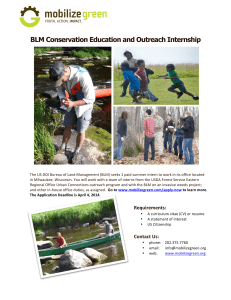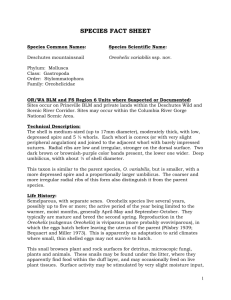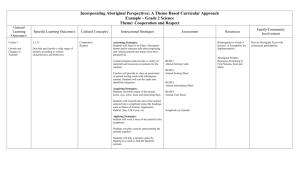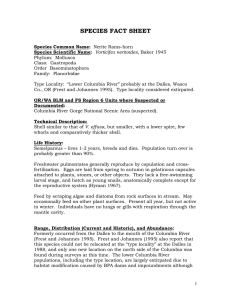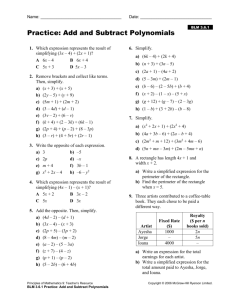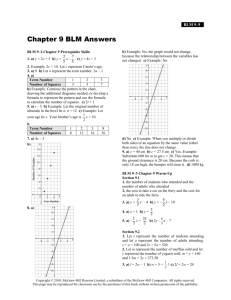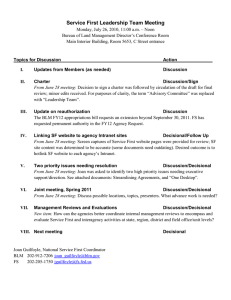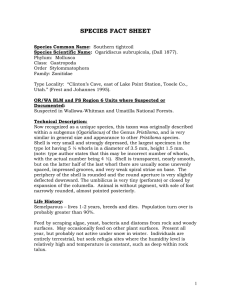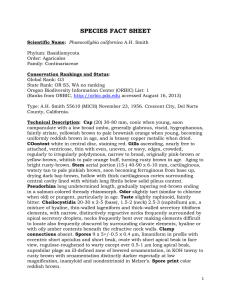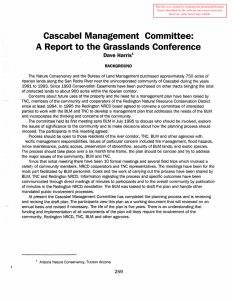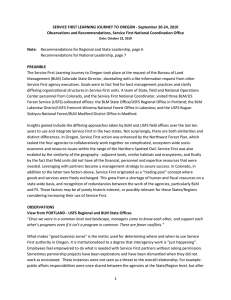SPECIES FACT SHEET
advertisement
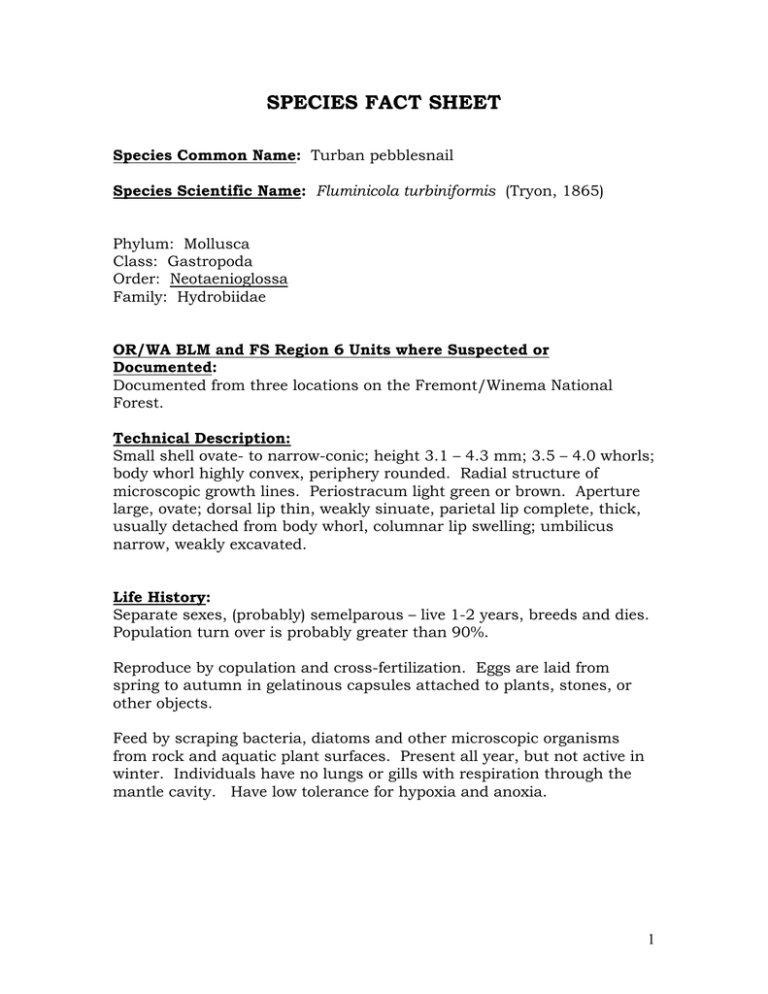
SPECIES FACT SHEET Species Common Name: Turban pebblesnail Species Scientific Name: Fluminicola turbiniformis (Tryon, 1865) Phylum: Mollusca Class: Gastropoda Order: Neotaenioglossa Family: Hydrobiidae OR/WA BLM and FS Region 6 Units where Suspected or Documented: Documented from three locations on the Fremont/Winema National Forest. Technical Description: Small shell ovate- to narrow-conic; height 3.1 – 4.3 mm; 3.5 – 4.0 whorls; body whorl highly convex, periphery rounded. Radial structure of microscopic growth lines. Periostracum light green or brown. Aperture large, ovate; dorsal lip thin, weakly sinuate, parietal lip complete, thick, usually detached from body whorl, columnar lip swelling; umbilicus narrow, weakly excavated. Life History: Separate sexes, (probably) semelparous – live 1-2 years, breeds and dies. Population turn over is probably greater than 90%. Reproduce by copulation and cross-fertilization. Eggs are laid from spring to autumn in gelatinous capsules attached to plants, stones, or other objects. Feed by scraping bacteria, diatoms and other microscopic organisms from rock and aquatic plant surfaces. Present all year, but not active in winter. Individuals have no lungs or gills with respiration through the mantle cavity. Have low tolerance for hypoxia and anoxia. 1 Range, Distribution (Current and Historic), and Abundance: Documented from three locations on the Fremont/Winema National Forest. Also documented from Roaring Springs, in Catlow Valley, west side of Steens Mountains, Harney County, OR. on private land within the Burns BLM District; no similar habitat is present on BLM land ownership however, so the species is not suspected to occur on Burns BLM land. Other similar specimens from Crane Lake Valley and Surprise Valley in NE California are better assigned to one or more other, undescribed species. Habitat Associations: Found to date only in one, large oligotrophic spring complex with very cold water, in semi-arid sage scrub. Abundant Rorippa and Mimulus flora present. Substrate is mud, basalt gravel, bedrock and cobble, with bedrock predominate in area of occurrence. Threats: Water diversion of springs for domestic and livestock use; grazing which causes direct mortality and sedimentation, and pollution; geothermal development and pumping of groundwater resulting in lowered water table and reduced spring output. Use of area by the public may also result in trampling and water quality reductions. Conservation Considerations: Limit water diversions and grazing in area of spring runs which reduce water quantity and may add sediment, nutrients and other pollutants to water. Avoid new construction of structures which slow water flow and cause reduced oxygenation. Limit water withdrawl from aquifer which sustains spring flow and geothermal exploration. Prepared by: Nancy Duncan, April 2008 Edited by Rob Huff, March 2011 References: Frest, T. J., and E. J. Johannes. 1995. Interior Columbia Basin mollusk species of special concern. Final report: Interior Columbia Basin Ecosystem Management Project, Walla Walla, WA. Deixis Consultants, Seattle, WA. Contract #43-0E00-4-9112. 274 pp. plus appendices. Hershler, R. & T. J. Frest. 1996. A review of the North American freshwater snail genus Fluminicola (Hydrobiidae). Smithsonian 2 Contributions of Zoology: No. 583 (Article not seen, citation from Lee 2000a. Freshwater molluscs of British Columbia: assessments for all known or potential taxa. Unpubl. rep. submitted to the BC Conservation Data Centre, Minist. Envrion., Lands and Parks, Victoria, BC. 107pp.) Tryon, G.W. 1865. Descriptions of New Species of Amnicola, Pomatiopsis, Somatogyrus, Gabbia, Hydrobia, and Rissoa. American Journal of Conchology. 1:219-222. 3
